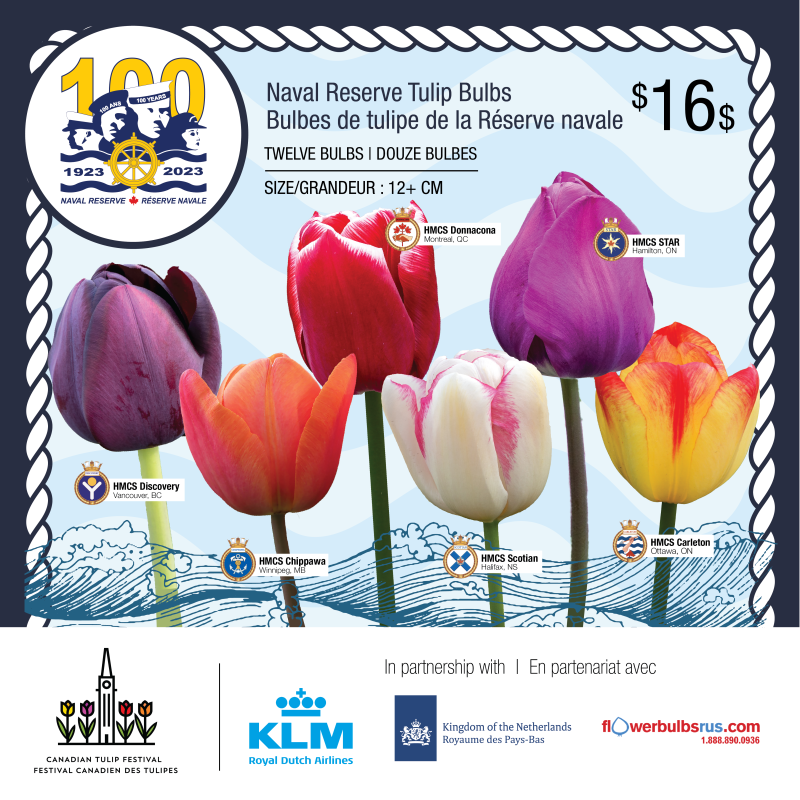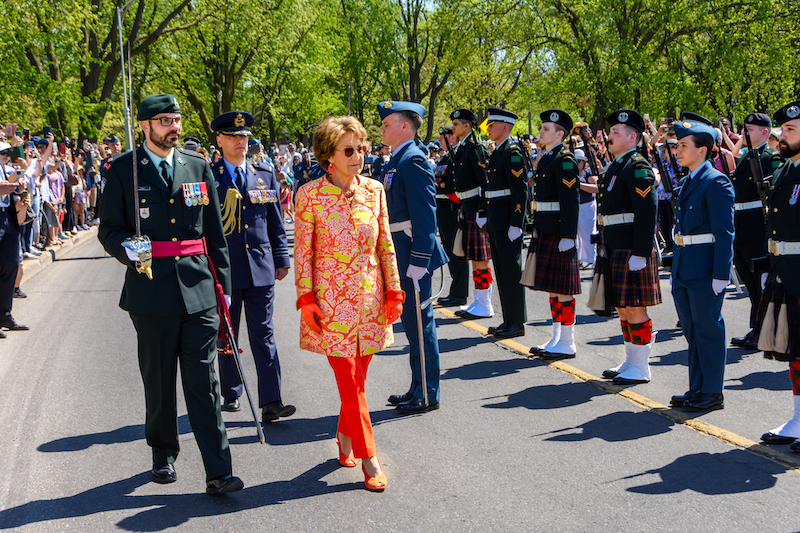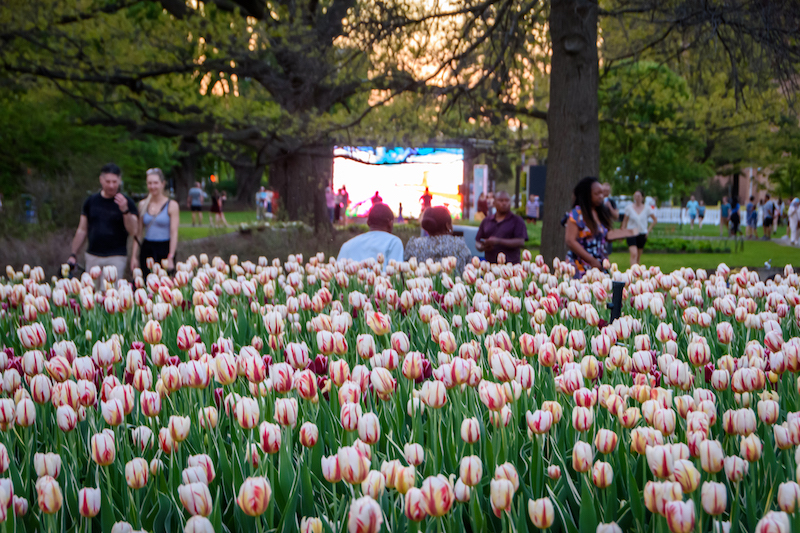Latest StoriesSponsored Stories
Tulip Bulbs Celebrate Citizen Sailors and Support Naval Reserve Centennial
This fall the Canadian Tulip Festival and Royal Canadian Navy are planting a new “Centennial Tulip Garden” in Ottawa at the front of HMCS Carleton. Celebrating the 100th Anniversary of the Royal Canadian Naval Reserve in 2023, the Centennial Garden will feature six tulips each dedicated to a Naval Reserve Division across the country:
- HMCS Carleton,
- HMCS Chippawa,
- HMCS Discovery,
- HMCS Donnacona,
- HMCS Scotian, and
- HMCS Star.
Every autumn the National Capital Commission, Canada’s Official Gardener, plants the largest public tulip display worldwide with over one million blooms. HMCS Carleton’s Centennial Tulip Garden will form part of over 305,000 tulips at the Canadian Tulip Festival site in Commissioners Park at Dow’s Lake in Ottawa next May 12 – 22, 2023.

The Tulips
Canadians from sea to shining sea are invited to participate in the Centennial Celebrations by planting Naval Reserve tulip bulbs in their own garden this fall. They can be purchased for delivery at www.tulipfestival.ca.
“This time of year, most people want to know how to protect their tulip bulbs from hungry squirrels. We’ve found planting late is the best defense. This provides a shorter window until the bulbs are safely frozen below ground.” explains Ms. Jo Riding, the Festival’s Executive Director.
“In the meantime, you can use pepper, blood meal, chicken manure, talcum powder, hair clippings, or even a physical barrier such as chicken wire or a piece of wood to cover the planting for a few weeks until the snow flies,” adds Riding.

The Festival
All proceeds of the Naval Reserve tulip bulb fundraising campaign support the Canadian Tulip Legacy. This nationally registered charity commemorates the history and sacrifice of Dutch liberation and celebrates the unique trans-Atlantic friendship that has remained strong between Canada and the Netherlands since the Second World War.
At the same time members of the Dutch Royal Family stayed in the nation’s capital, and then-princess Juliana had her third daughter, HRH Princess Margriet, in 1942 at Ottawa’s Civic Hospital.
The Kingdom of the Netherlands has sent twenty thousand tulip bulbs to Ottawa annually since 1946, in gratitude for Canada’s role in the liberation of their country during the Second World War. The National Capital Commission has cared for this gift while the Canadian Tulip Festival has commemorated the stories of sacrifice for the last seven decades.
“Our mission has been to continue bringing Canadians the meaning and joy of the tulips. As our founder Malak Karsh observed, the tulips brought colour back to a very grey world after the war. This sentiment seems more pertinent than ever,” expresses Riding. Since its inception in 1953, the Canadian Tulip Festival has remained steadfast in its purpose to commemorate the lost and to celebrate the freedom they won.

Royal Canadian Naval Volunteer Reserve in Second World
“Those RNCVR boys won Canada a good name,” wrote Lt. Gordon B Jackson, the first RNCVR officer to be commissioned from the ranks. “Their record was a good one. We won the respect of the Royal Navy and that takes some doing.”
In 1939 the Royal Canadian Navy (RCN) did not have the strength that the upcoming war would demand, and resorted to open recruitment of men with no sailing experience from the RCNVR. The Volunteer Reserve enlisted “for the duration” men with no navy experience, most of them volunteering from the inland regions of Canada.
As expected, the arrival of so many untrained men on newly commissioned ships impacted efficiency and discipline. But the courage, inventiveness, and tenacity of those brand-new sailors compensated for the lack of experience. As training and ships improved, the RCNVR demonstrated it was more than a match for a clever and experienced enemy. By the end of the war, Canada possessed the third-largest navy in the world, with a complement of nearly 100,000. Most of these men and women were originally members of the Royal Canadian Naval Reserve.
To purchase Naval Reserve Tulips visit here.
















